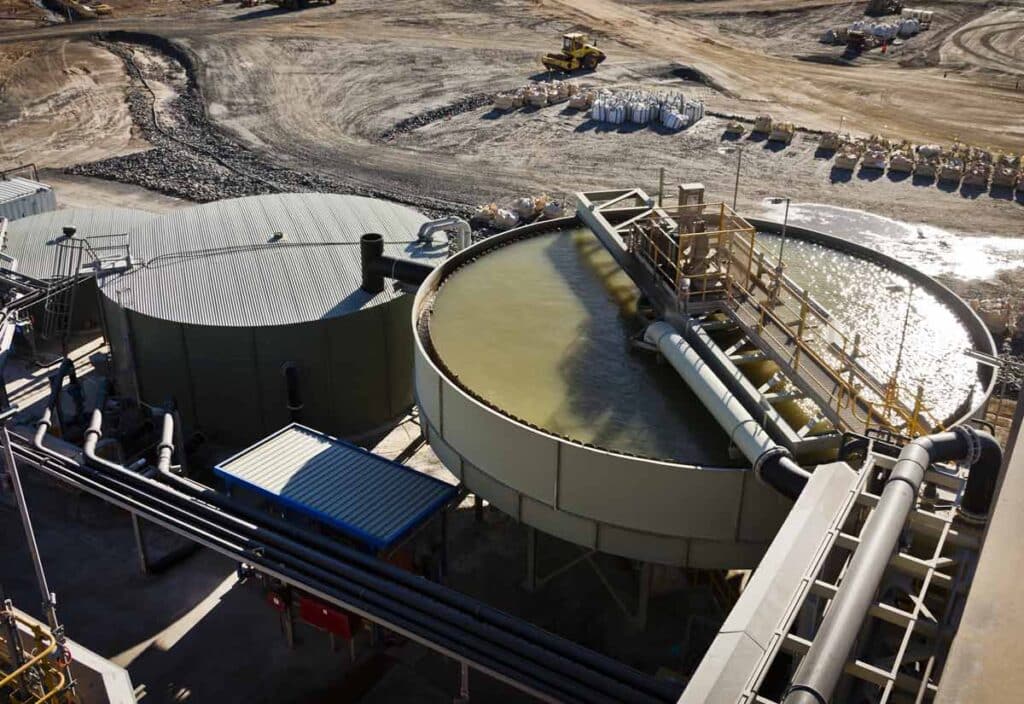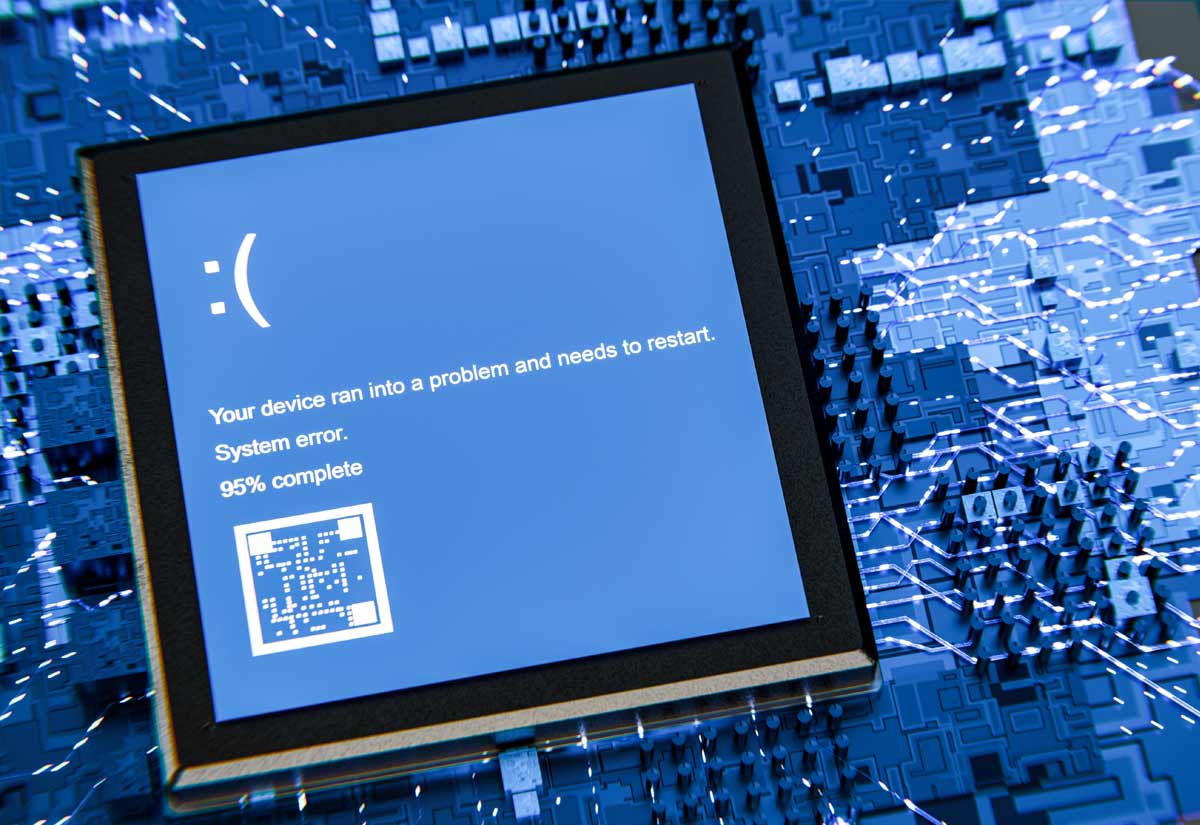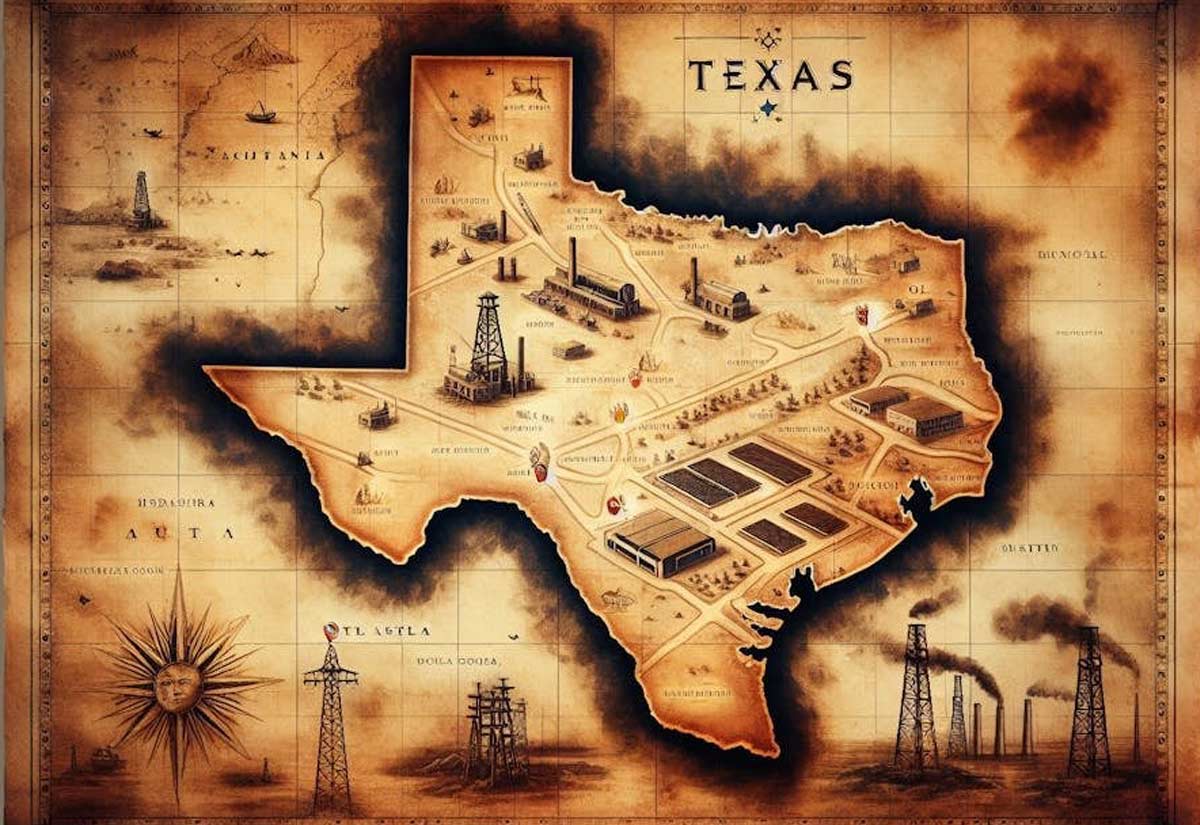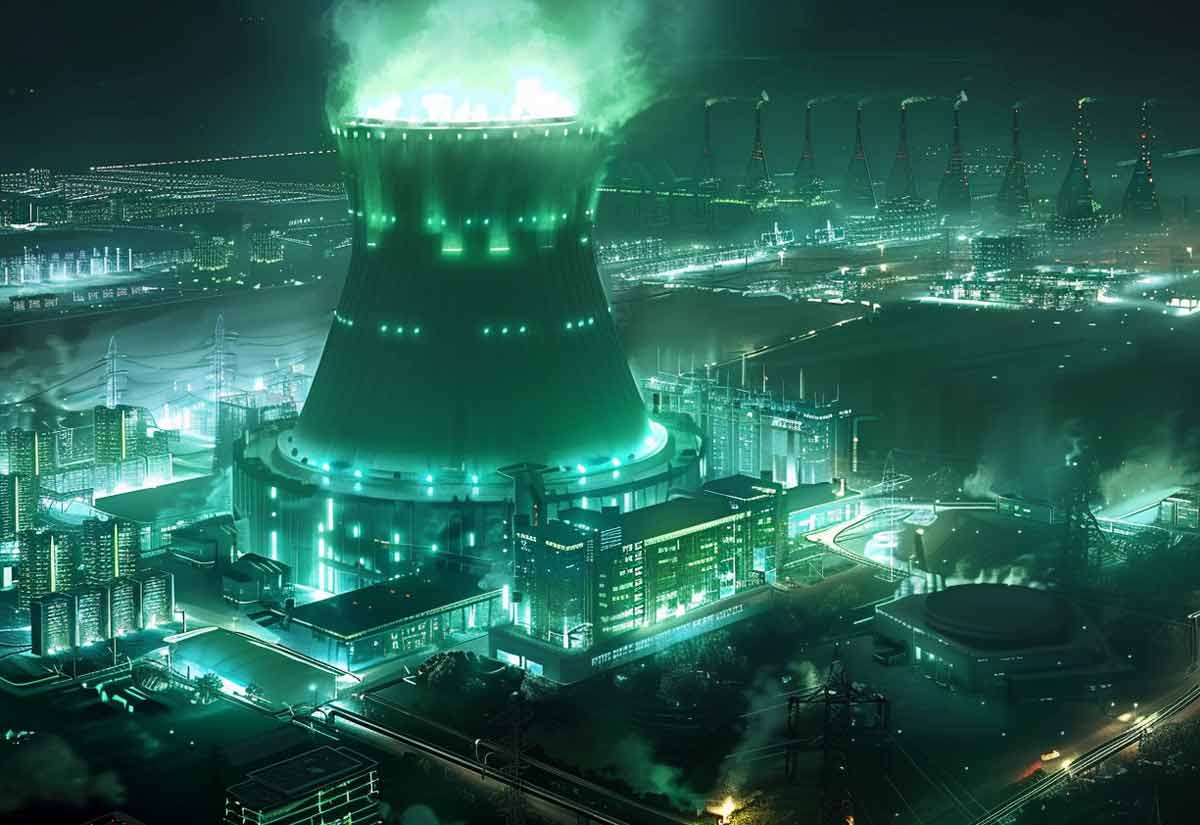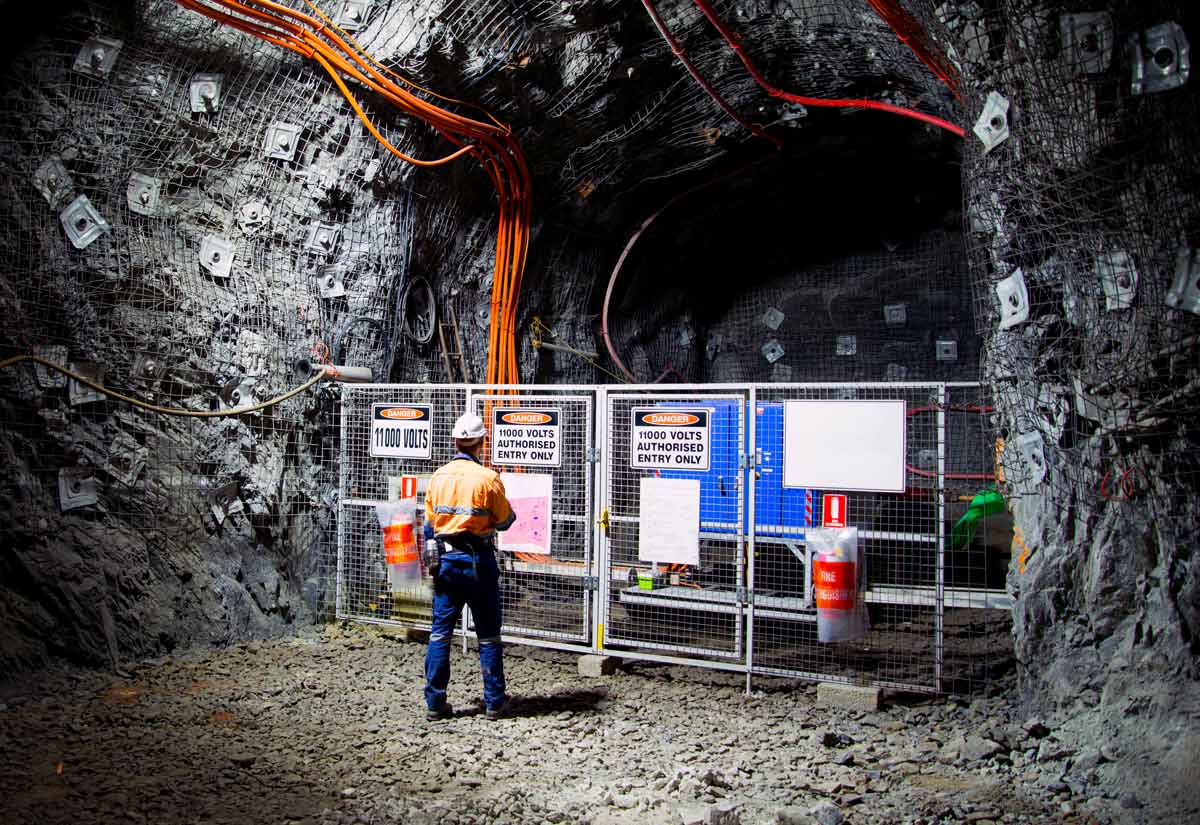Falling EV Profit Margins in Summer 2022
Elon Musk has called the intense process of getting lithium out of the ground, subsequently refined, and into his Teslas as “the hard part” of the EV manufacturing supply chain. The billionaire engineer with an MBA even went so far as to describe the lithium refiners who can crack the refining challenge as having “ a license to print money”.
That was then, this is now. “Scarcity pricing” is putting some major penalty points on that lucrative license. Even as other chemical prices flattened out at about 200% in the second quarter of 2022, lithium just kept on surging to an astounding 400% from June 2021 levels.
According to the August 19 2022 article at mining.com, The big money Musk sees in lithium is getting harder to make, surging raw materials prices are putting “merchant refiners”, those who take raw lithium and turn it into marketable battery chemicals, between a rock and a hard place.
Specialty chemicals for EV batteries have driven a surge in orders from car manufacturers just as China’s covid lockdowns created a major kink in the raw lithium supply chain. Naturally, when the cost of raw materials rises faster than the price of the marketable lithium chemicals these refiners sell, profit margins dwindle quickly.
So in a few short months, the refiner’s “license to print money” narrative is getting a reality check. Peter Hannah, a senior price development manager at Fastmarkets explained the reversal of fortune for lithium refiners;
“Merchant refining can be a pretty horrible place to be in any commodity market because you can get squeezed at both ends.”
The Lion’s Share of Profits Goes to Lithium Miners
The reversal of fortune highlights the fragility of the entire electric-vehicle supply chain. The miners who bring on new production to meet skyrocketing demand still have the best play when it comes to the battery metal sector. Supply response in periods of high demand is decided by the major mining players, so the lion’s share of profits are typically made in mining, not refining.
That has auto manufacturers and other EV sector enterprises thinking twice about the wisdom of “Just in time” materials shipping and procurement, a concept that raises profit margins and cuts warehousing OPEX, but one that could leave manufacturers high and dry when unanticipated shortages occur.
Tesla, Ford, and General Motors have all lined up “to sign a flurry of long-term supply deals for battery metals in recent months with both miners and processors”. The car manufacturers are now eliminating the middleman and striking direct deals with miners. So much for the shutdown vulnerable “Just in Time” policies. Industrial players are now looking ahead to secure the lithium supply chain even when the planned electric vehicle projects are years away from production.
So why are the moguls of EV manufacturing abandoning the lucrative 21st Century procurement practice of Just in Time logistics in 2022? That begs the question…
How Bad is the Lithium Supply Shortage?
“There’s no lack of lithium, but there just aren’t enough projects that will be up and running in time to meet demand in that time frame. We’re reasonably confident that there will be a deficit opening up in 2030 due primarily due to lack of new investment in the early days of this decade.”- Max Reid- battery raw materials analyst at Wood Mackenzie.
Ironically, the 2030 “zero carbon” benchmarks are creating unsustainable demand in the great green rush to lithium. The lithium supply deficit over the past year boosted lithium hydroxide and carbonate prices to record highs, up 609% and 570% respectively between May 2021 and May 2022. Those are price spikes well above the price increases seen in the other battery raw materials.
Overhead CAM in the EV Future
Remember the good old days when an overhead cam in your muscle car engine was a good thing? In today’s automotive green world of 2022, cathode active material (CAM) prices are creating overhead that has poured new fuel on the fiery EV battery debate.
- Nickel-based CAM costs up by 180-200%
- LFP costs up by 330% between May 2021 and 2022
- CAM cost accounted for 57% of the overall cell cost and 34% of the overall pack cost in May of 2021. These battery costs spiked to 76% and 55% respectively by May of 2022.
So why is the push to LFP ((lithium ferro phosphate) gathering steam despite a 330% spike? The sharp rise in battery raw material prices has amplified the cost difference between nickel-based CAMs and LFP, increasing interest in LFP-powered electric vehicles. But to understand how LFP outclasses its CAM contenders, you need to talk about energy density and kwh, or kilowatt hours.
Finally, we get to some engineering.
LFP (lithium iron phosphate) batteries don’t quite pack the energy punch (density) of batteries that use cobalt and nickel, but they do have one distinct advantage. The raw iron materials required to crank them out in global market demand quantities are abundant, inexpensive, and available in almost every country in the world.
As nickel prices have spiked to” insane” new heights in 2022 (to use Elon Musk’s vivid adjective) the cost differential between LFP production and conventional nickel cobalt batteries is too significant to ignore. Not surprisingly, we saw Elon’s “surprise” endorsement of LFP batteries go into motion publicly last May of 2022.
Sky-high nickel prices have already led automakers to raise the sale price of many EVs that are currently on the market. A price hike like that flies in the face of the American consumer surveys demonstrating a stubborn motorist mindset that already rejects EVs as inconvenient to own due to the limited range and recharging infrastructure, and far too expensive for the middle class that does the majority of the driving.
The Iron is Hot For an LFP Resurgence
Reducing the amounts of nickel and hard-to-mine, hazardous cobalt is the key to cost effective EV production and consumer acceptance, and for that the LFP technology is making some headway.
The most common EV battery pack configuration consisting of numerous battery modules was evolved to produce a cost-effective, high-performance, and safe battery. But the static areas of the module such as the housing, terminal plates, side plates, internal connectors, integrated battery management tech, and cooling systems all add weight. They eat up precious volume, and ultimately compromise the pack’s energy density.
CTP Cell-to-Pack EV Battery Technology Gets Lean and Green
Enter lean, clean, cell-to-pack (CTP) technology to save the green day and overcome the performance hindering shortcomings of the traditional LFP battery. Savvy battery engineers are eliminating those pesky heavy modules entirely, choosing instead to implement cell-to-pack (CTP) designs that integrate large format cells directly into the battery pack.
CTP can potentially increase volume utilization by 15 to 50 percent. The number of parts can be reduced by up to 40 percent. Following this lean design philosophy manufacturers have the option to use the gains in pack energy density to allow cheaper, less energy-dense cells, such as LFPs.
So of course, as LFP is poised to dominate the battery tech battle…
Red China has a Big Green Finger in the LFP Pie.
Gotion High-Tech, is based in the industrial city of Shenzhen, aka the Silicon Valley of Red China. Gotion is currently the fourth largest battery manufacturer in China, according to the China Automotive Battery Innovation Alliance.
Remember when we talked about direct deals to secure the battery supply chain? The Chinese company just announced recently that it has signed a supply and localization agreement with “a major publicly traded US auto company to supply the latter with 200 GWh of lithium-iron-phosphate batteries between 2023 and 2028”.
We’ll give you one guess who that “major publicly traded US auto company” is.
About Resource Erectors
At Resource Erectors we take the guesswork out of recruiting your evolving industrial workforce. We maintain ongoing connections with the top professionals in engineering, mining, manufacturing, bulk materials, civil construction, logistics, fleet management, safety, sales, and more. When you’re ready to make a career advancing move we have lucrative professional positions with our industry leading company clients that keep you moving up, so don’t hesitate to contact us today.
